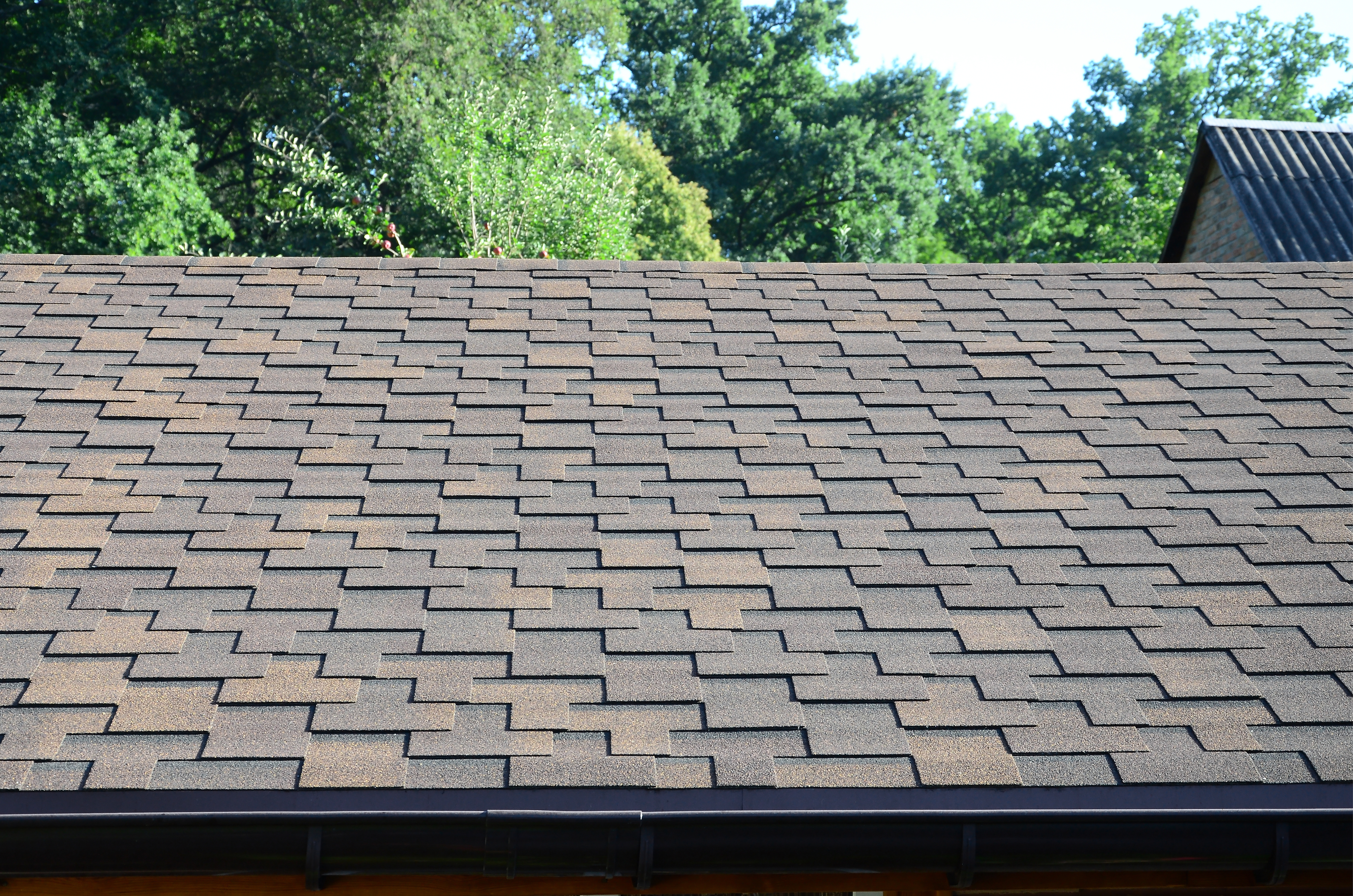In today’s Safety-conscious world, Fire Door Range stands at the forefront of fire protection technology. Our comprehensive approach to fire safety goes beyond mere products, offering integrated solutions that safeguard lives and property.
Engineered for Ultimate Protection
Fire Door Range’s safety fire doors are meticulously designed to:
- Contain fire and smoke spread
- Maintain structural integrity under extreme heat
- Facilitate safe evacuation
- Provide acoustic insulation for everyday comfort
Diverse Solutions for Every Need
Our extensive portfolio includes:
- Timber Fire Doors: Natural aesthetics meet robust protection
- Steel Fire Doors: Unmatched durability and security
- Composite Fire Doors: The best of multiple materials
- Glazed Fire Screens: Light transmission without safety compromise
- Specialty Doors: Tailored for unique environments like hospitals and schools
Beyond the Door: A Holistic Approach
Fire Door Range offers:
- Comprehensive fire door surveys
- Customized fire safety plans
- Expert consultation on regulations and compliance
- Ongoing support and maintenance services
Innovation at Our Core
Our dedicated research team continuously pushes boundaries with:
- Intumescent seals for gap protection
- Smart sensors integrated with building management systems
- High-performance, lightweight core materials
- Anti-microbial coatings for hygiene-sensitive areas
Where Safety Meets Style
We understand the importance of aesthetics:
- Wide range of finishes and colors
- Custom sizing for non-standard openings
- Decorative options including vision panels
- Seamless integration with existing decor
Uncompromising Quality Assurance
Every Fire Door Range product undergoes rigorous testing:
- Fire resistance testing in accredited labs
- Smoke leakage tests
- Durability simulations
- Acoustic performance evaluations
Commitment to Sustainability
Our eco-friendly initiatives include:
- Sustainable material sourcing
- Energy-efficient manufacturing
- Recyclable packaging
- Long-lasting products to reduce replacements
Empowering Through Education
We offer comprehensive training and resources:
- Installation training for professionals
- Fire safety seminars
- Online maintenance guides
- Certification programs for inspectors
More Than Just Doors: A Safety Partnership
Choosing Fire Door Range means investing in:
- Industry-leading warranties
- Responsive customer support
- Regular maintenance and inspection services
- Comprehensive compliance documentation
Elevate Your Fire Safety Strategy
Don’t compromise on fire protection. Partner with Fire Door Range to equip your building with state-of-the-art safety solutions. Our expert team is ready to guide you through our extensive range, ensuring your property meets the highest safety standards.
Visit
today to explore how we can transform your building’s fire protection strategy. With Fire Door Range, you’re not just meeting safety standards – you’re setting new benchmarks in fire protection.

